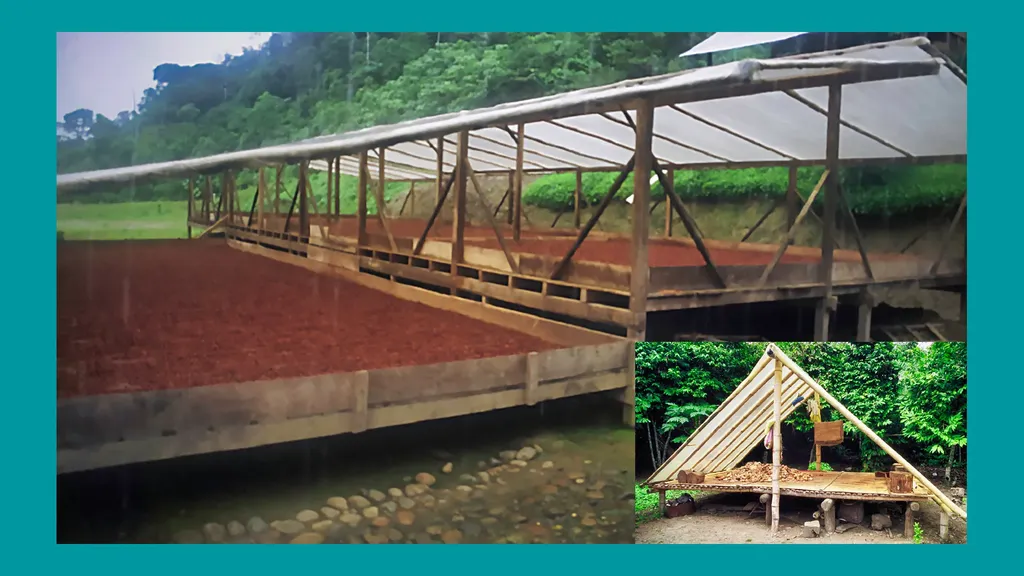In the quest for sustainable agricultural practices, a recent study has shed light on the environmental impacts of solar dryers, offering valuable insights for the energy and agricultural sectors. The research, led by Ashiraf Abeid from Mzumbe University’s Department of Engineering Management Studies in Tanzania, compares the life cycle environmental impacts of metallic and wooden structured solar dryers, providing a roadmap for more sustainable post-harvest management.
Solar drying has long been touted as an eco-friendly alternative to fossil fuel-based drying methods, extending the shelf life of agricultural products and reducing post-harvest losses. However, the environmental sustainability of these solar dryers has remained largely unexplored until now. Abeid’s study, published in the journal ‘Clean Technologies and Recycling’ (translated to English as ‘Clean Technologies and Recycling’), aims to fill this gap by employing a cradle-to-grave life cycle assessment method.
The study focused on two types of solar dryers: an indirect metallic structured solar dryer (ISDM) and a wooden structured dryer (ISDW), both equipped with thermal energy storage materials. The findings revealed that the wooden structured dryer (ISDW) had a lower environmental impact than its metallic counterpart (ISDM), with endpoint single-score impact values of 1.99, 17.49, and 289.32 on resources, ecosystem, and human health, respectively. In contrast, the ISDM registered values of 2.15, 19.6, and 414.26 for the same factors.
“This study demonstrates that not all solar dryers have equal sustainability benefits,” Abeid emphasized. “Our findings call for further investigation into proper material selection and end-of-life management strategies to reduce environmental impacts.”
The implications of this research are significant for the energy and agricultural sectors, particularly for small-scale farmers in developing countries. The study recommends the adoption of wooden structured solar dryers, like the ISDW model, for their lower environmental impact. Policymakers are encouraged to promote the widespread adoption of such environmentally sustainable solar dryers through incentives and investments in research and development.
Moreover, the study highlights the need for national renewable energy strategies to incorporate end-of-life (EoL) management strategies. This approach aims to mitigate resource depletion and promote circular economy practices in the design and disposal of solar drying components and materials.
As the world grapples with the challenges of climate change and food security, this research offers a compelling case for the adoption of more sustainable practices in the agricultural sector. By reducing post-harvest losses and enhancing food security, these efforts contribute to the realization of Sustainable Development Goals (SDGs) 2, 13, and 15, which emphasize zero hunger, climate action, and sustainable ecosystems, respectively.
Future research should focus on identifying alternative, low-impact materials for solar dryer construction and adopting a holistic sustainability assessment approach that integrates environmental, economic, and social dimensions. Additionally, further life cycle assessment studies should explore viable EoL options for solar dryer materials, such as recycling, safe disposal, repair, or refurbishment, and new manufacturing.
In the words of Abeid, “This research is just the beginning. There’s a lot more to be done to make solar drying technologies more sustainable and accessible to small-scale farmers.” As the energy and agricultural sectors continue to evolve, the insights from this study will undoubtedly shape future developments in the field, paving the way for a more sustainable and food-secure future.

